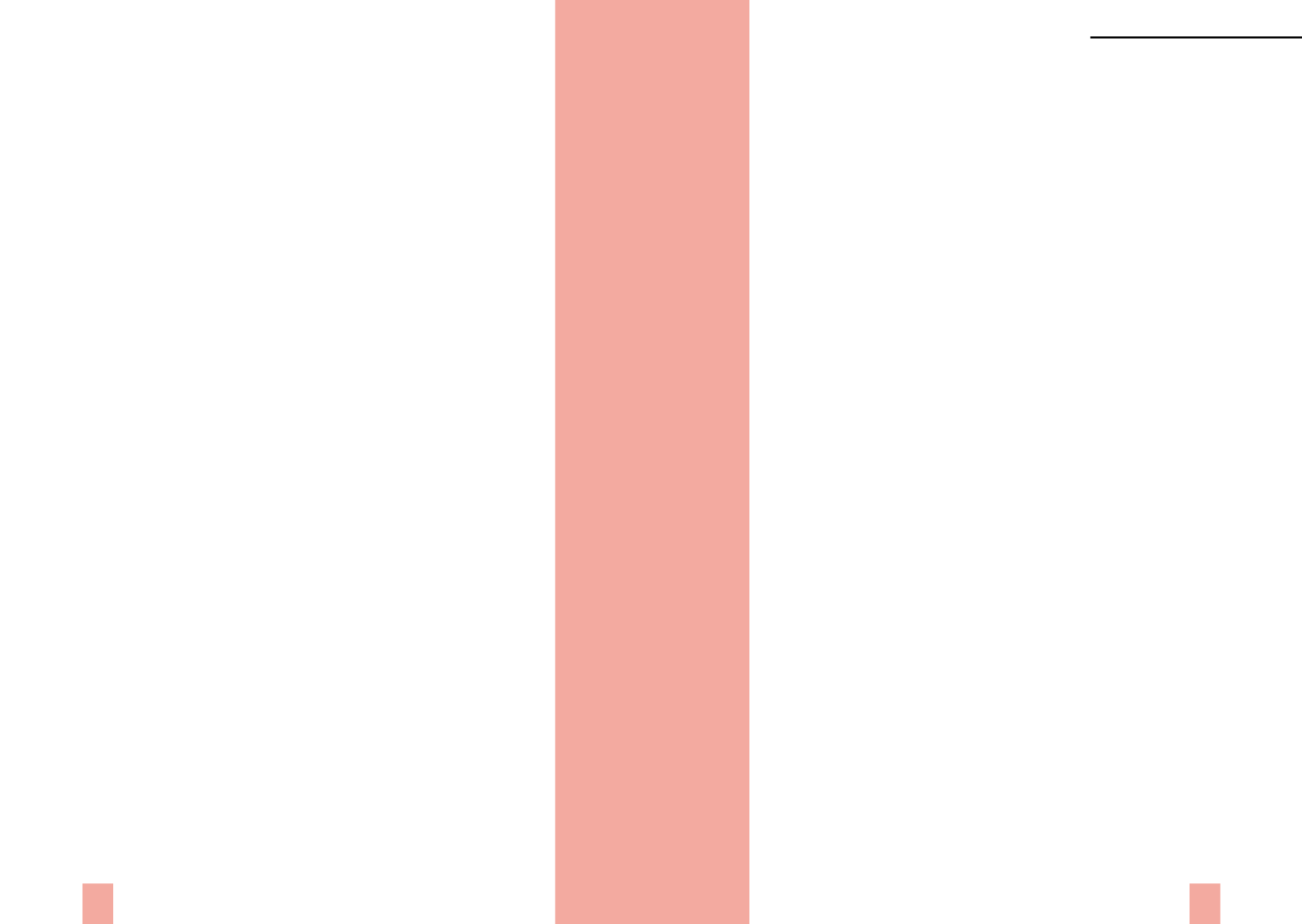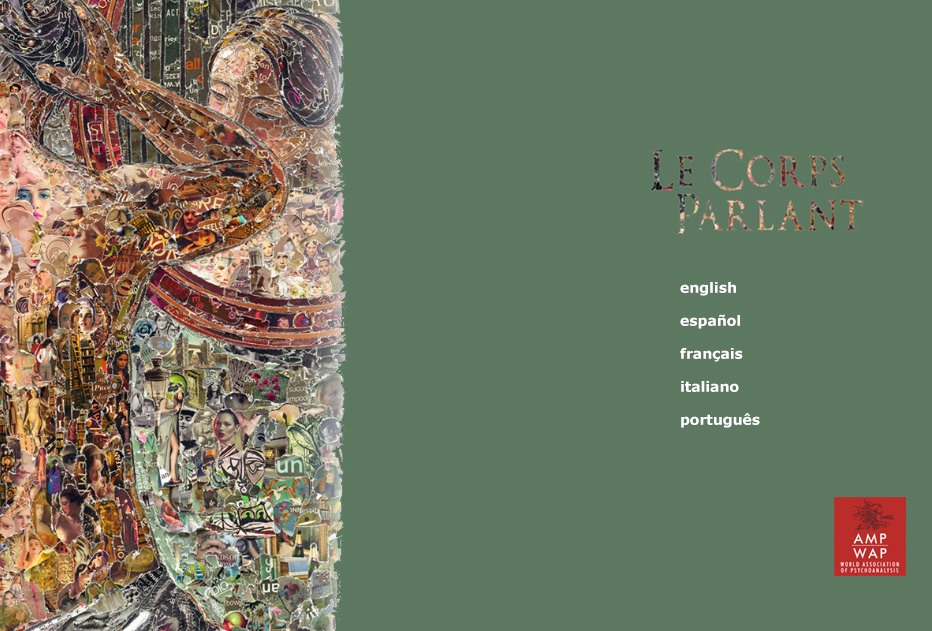

THE SPEAKING BODY
Xth Congress of the WAP,
Rio de Janeiro 2016
523
522
Requiz, Gerardo.
The Entry Into Analysis and Its Relationship to the
Analytic Act from Lacan’s Late Teaching
[LCE 2(3), 2012]
“Sometimes we see in… supervision with youngsters that are starting out as
analysts, a frequent error because they lay down subjects on the couch when
they bring formations of the unconscious, believing that it is a sign of an entry
into analysis. The manifestations of the unconscious might appear with no
transference and fool the analyst.”
p. 4-5
“In fact, Freud connected pulsional satisfaction with the symptom and,
although his idea was that the analyst had to decipher the unconscious thoughts,
he also found that it was necessary to act on the libidinal from the beginning of
analysis to reveal the repressed truth associated with the satisfaction of the drive.
For the analytic tradition, supported by Freud’s metapsychology from 1914,
the unconscious content of infantile neurosis could only be modified if it was
updated in the here and now in the person of the analyst.”
p. 6
“Going around an edge, a border, a piece of the real is the nodal point in the
Lacanian orientation regarding the direction of the treatment. Psychoanalysis
is not at the service of any final essence; there is no depth to seek in the
unconscious. Depth is an illusion of the semblant. It is instead a question of
edges, surfaces, letters, writing, and ciphers.”
p. 8
Rivoire, Michèle.
Traduire, dit-elle
[HB 10, 2013]
“Translation does not mean mere transfer from one language to another, but a
journey deep into
lalangue
, and, though the analytic cure and literary translation
are poles apart, they both revive ‘the dry wood’ of
lalangue
…”
p. 19
Rowan, Alan.
The Psychoanalytic Act as Act and Orientation
[LCE
2(4), 2012]
“Indeed, strictly speaking, one can say that without its ‘editor’, the unconscious
would not appear. In other words one can say that without psychoanalysis
the unconscious exists—but as unknown—its specificity emerging only with
transference.”
p. 6
“Here we can read the letter as that unary signifier that points to the pure
contingency of the material encounter of the signifier with the body which
produces an elementary jouissance—the body as enjoying substance—which
only subsequently gets articulated—taken up one could say—within the various
formations of the unconscious.”
p. 7
Svolos, Thomas.
Depression Screening as the Latest Avatar of
Moralism in American Public Mental Health
[RT 5, 2010]
“Depression screening, as part of the wellness movement in general so prevalent
today in the US, is nothing other than an extension of the Taylorist doctrine
into the minds of the workers themselves—their mental activity is to be
monitored, analyzed, and studied …What Fredric Jameson in
Postmodernism,
or the Cultural Logic of Late Capitalism
described as one of the last of the
precapitalist enclaves (the unconscious, along with nature) is now directly
territorialized by corporations.”
p. 103-104
Vanderveken, Yves.
Work in Progress One
. Trans.: P. Dravers [HB 12,
2015]
“In a psychoanalysis, what we are concerned with is the persistence of modes
of jouissance: namely, the iteration of these mysterious moments where, in an
encounter between the signifier and the body, modes of jouissance come to be
fixed in a contingent way. These moments are not moments to be remembered
or deciphered, since properly speaking they are moments in which, as subjects
of the cogito,
you were not there
. Something of this percussion between the body
and the signifier is missing from the symbolic order for it to be able to be said.
It is this
missed
encounter that constitutes the trauma. It returns in iterative bits
which index this moment of failed encounter—lived afterwards as a jouissance
that should not be, which is not the right jouissance: too much, too little, as a
result of intrusion, forcing, etc. as the clinical cases show.”
p. 40
Vinciguerra, Rose-Paule.
Towards a Viable Atheism?
. Trans.: B.
Bertrand-Godfrey [PN 24, 2012]
“In the place of God, subject supposed to know everything, or an Other
supposed to conceal the enigma of
jouissance
, there is the ex-sistence of the
real unconscious. It is in this way that psychoanalysis could produce a ‘true
atheism’, in questioning the subject-supposed-to-know, this belief in the subject-
supposed-to-know that at the end of analysis turns out to ‘have been.”
p. 49-50
“From this point of view, we can say that after the Pass, an analyst doesn’t cease
re-doing this for himself; by experiencing the consequences of his analysis
in his confrontation with analytical theory, he is drawn to reconsider these
consequences by orientating himself more and more to the side of the real
unconscious.”
p. 51
Authors of the Freudian Field



















